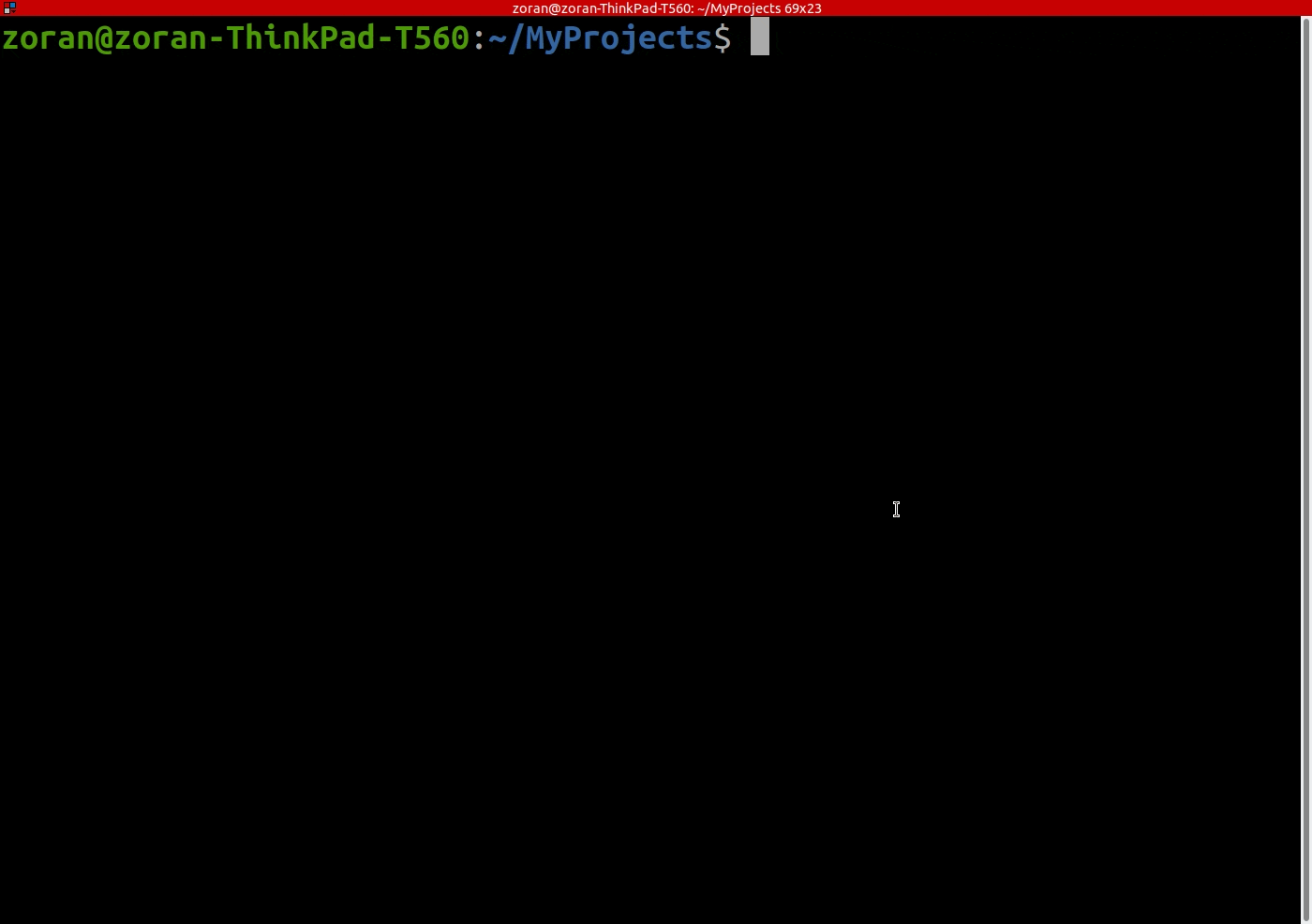Deploy using Docker
You can use MindsDBs Docker container assuming that you have docker installed on your machine. To make sure Docker is successfully installed on your machine, run:
docker run hello-world
You should see the Hello from Docker! message displayed. If not, check the get started documentation.
MindsDB container
MindsDB images are uploaded to the MindsDB repo on docker hub after each release.
Pull image
First, run the below command to pull our latest production image:
docker pull mindsdb/mindsdb
Or, to try out the latest beta version, pull the beta image:
docker pull mindsdb/mindsdb_beta
Publish ports
By default, when you run the MindsDB container, it does not publish any of its ports. To make the ports avaiable you must run the container by providing -p flag as:
-p 47334:47334- Map 47734 port which is used by the MindsDB GUI and the HTTP API.-p 47335:47335- Map 47335 to use MindsDB MySQL API.-p 47336:47336- Map 47336 port to use MindsDB MongoDB API.
Start container
Next, run the below command to start the container:
docker run -p 47334:47334 mindsdb/mindsdb

That's it. MindsDB should automatically start the Studio on your default browser.
MKL Issues
Note that If you experience issue related to MKL or if training process does not finish, please add env var or start Docker with this command:
docker run --env MKL_SERVICE_FORCE_INTEL=1 -it -p 47334:47334 mindsdb/mindsdb
Extend config.json
If you want to extend the default configuration, you will be able to send the config.json value as JSON string argument to the MDB_CONFIG_CONTENT as:
docker run -e MDB_CONFIG_CONTENT='{"api":{"http": {"host": "0.0.0.0","port": "47334"}}}' mindsdb/mindsdb
Or, you can pipe < the content of the file to the MDB_CONFIG_CONTENT.